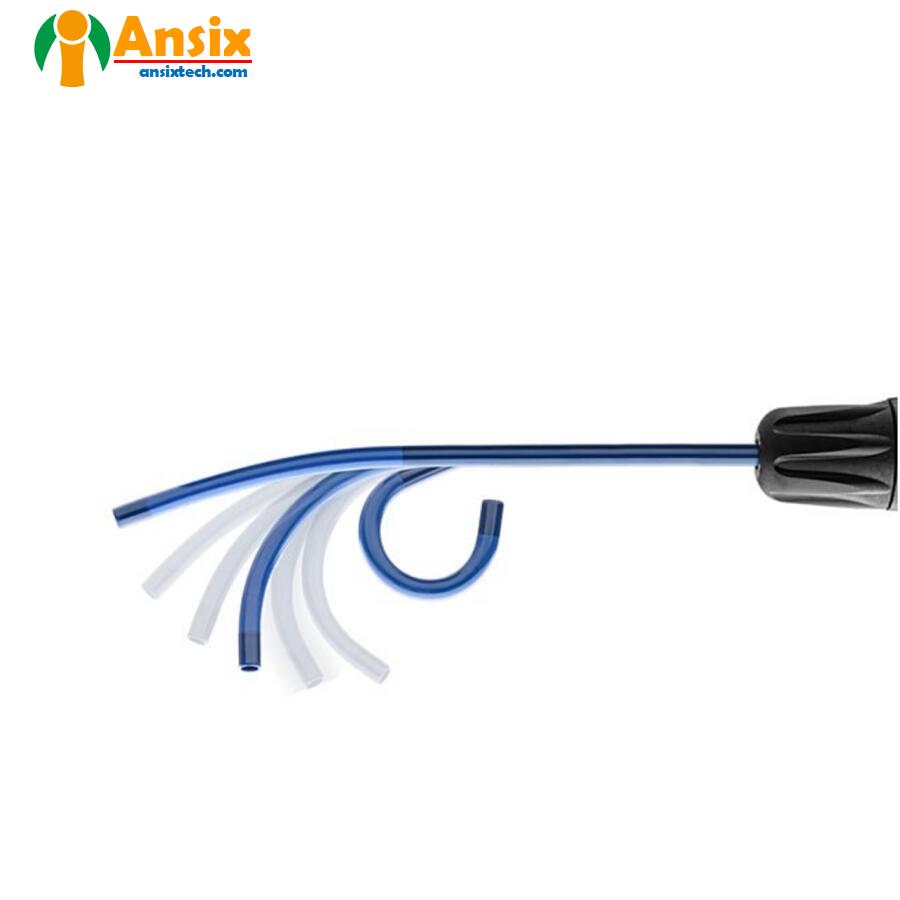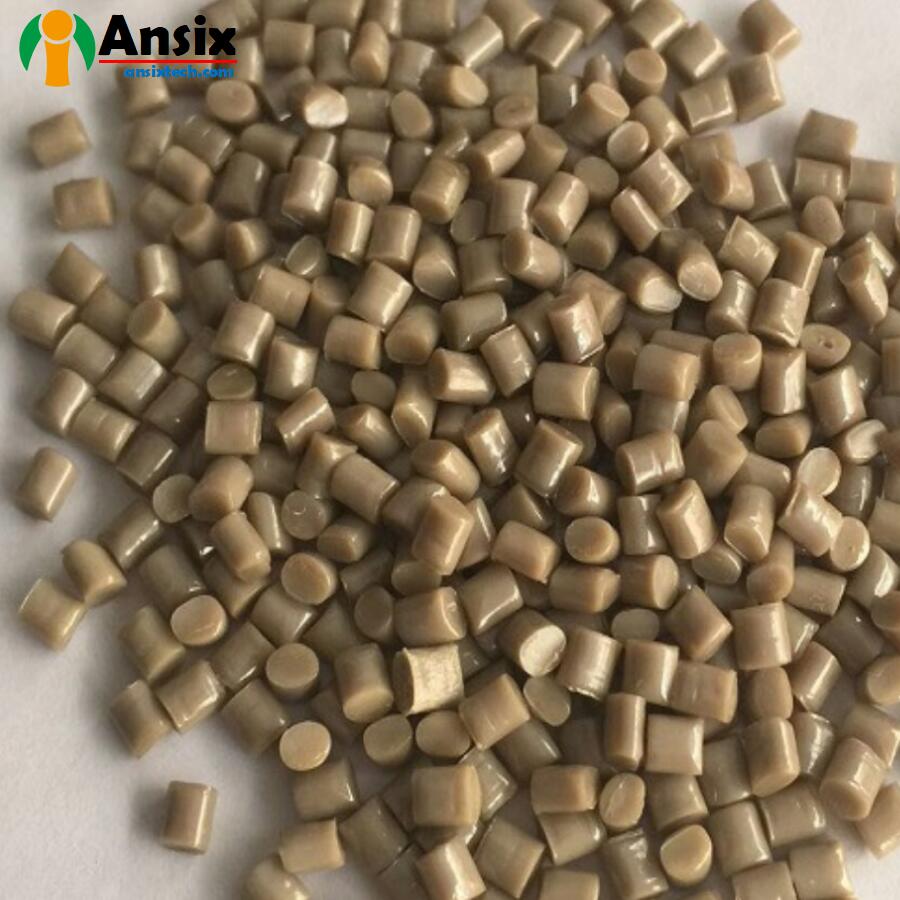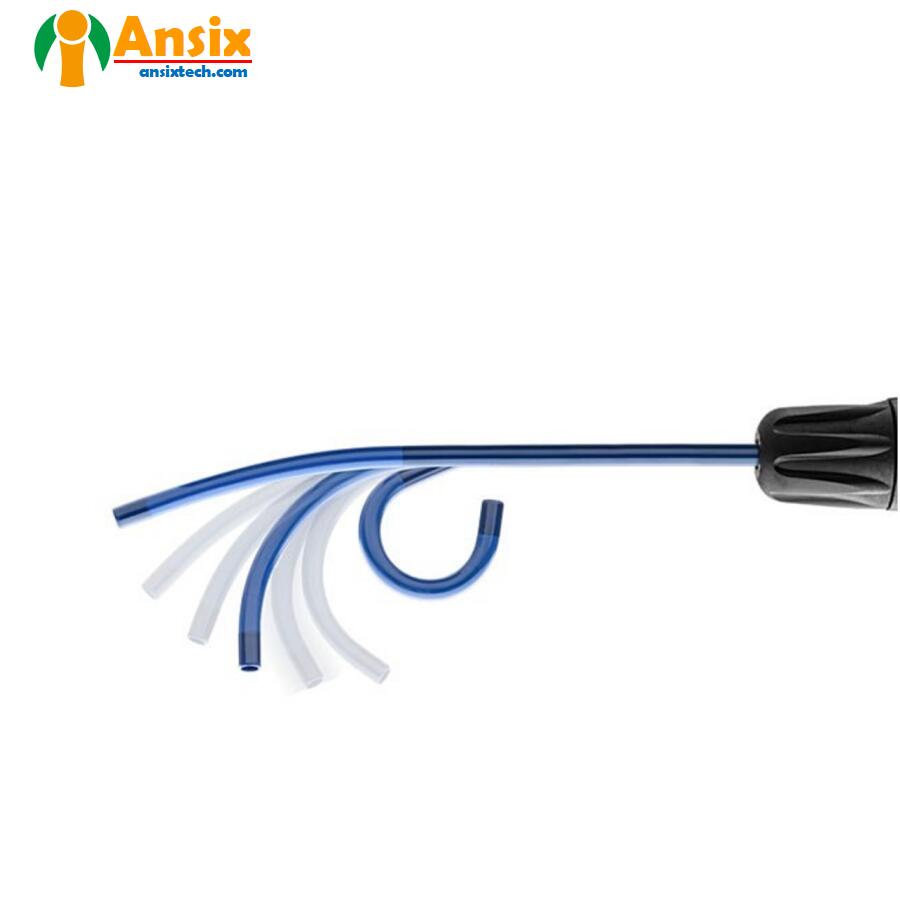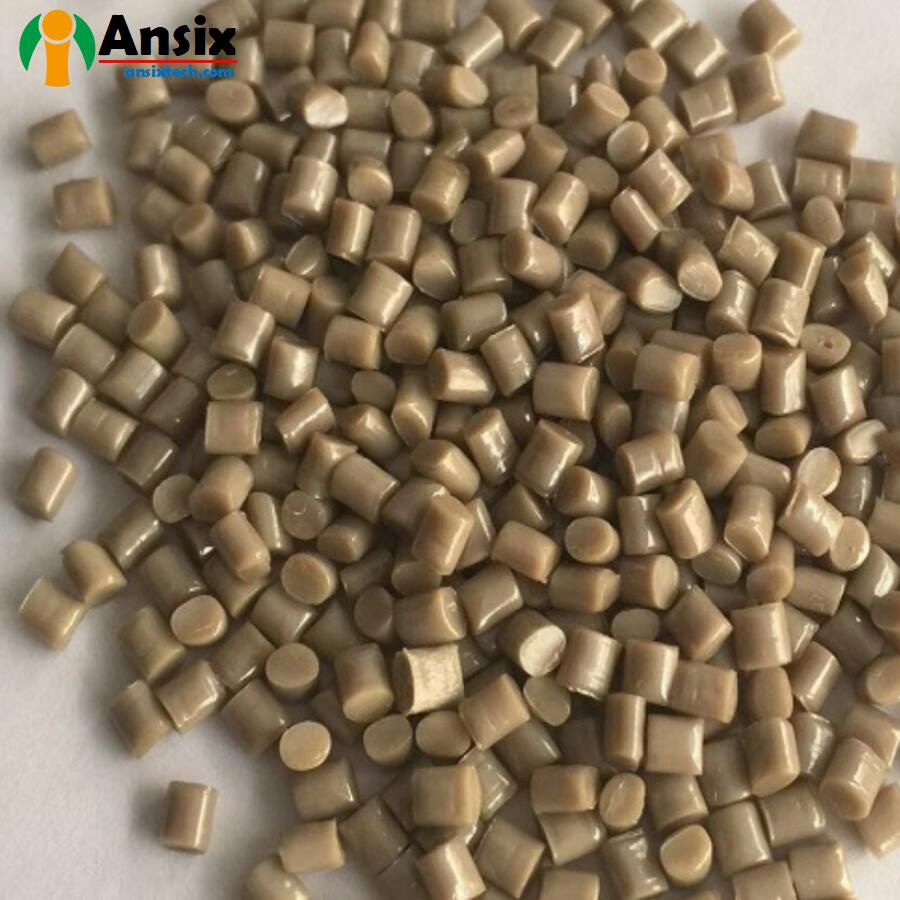Medical Steerable/Deflectable Catheters
FEATURES

- Medical Steerable/Deflectable Catheters
Medical steerable/deflectable catheters have a wide range of applications in the medical field. Here are some common application areas:Endoscopy: Steerable/deflectable catheters are commonly used for endoscopy such as gastroscopy, colonoscopy, and bronchoscopy. Doctors can introduce the lens into the body through the catheter to observe and examine lesions or abnormalities in the digestive tract, respiratory tract and other organs.Interventional surgery: Steerable/deflectable catheters play a key role in interventional surgery. For example, in cardiac catheterization surgery, doctors can introduce instruments into the heart blood vessels through the catheter to perform angioplasty, vascular stent implantation and other treatment operations.Neurosurgery: Steerable/deflectable catheters are also used in neurosurgery. For example, in the treatment of cerebrovascular diseases, doctors can introduce instruments into the cerebral blood vessels through catheters to perform procedures such as blood vessel embolization and blood vessel repair.Urology: Steerable/deflectable catheters are commonly used in urology surgeries for the examination and treatment of organs such as the urethra, bladder, and ureters. For example, during bladder tumor resection, doctors can introduce instruments through a catheter to remove the tumor and repair the lesion.Gynecological surgery: Steerable/deflectable catheters are also used in gynecological surgery. For example, in the treatment of endometriosis, doctors can introduce instruments through a catheter to perform procedures such as endometrial ablation and endometrial cauterization.Steerable/deflectable catheters are widely used in the medical field and can be used for various endoscopic examinations, interventional surgeries and therapeutic procedures, providing doctors with more accurate, safe and effective diagnosis and treatment means.
- Steerable Catheter Capabilities for Medical
Medical steerable catheters have a variety of functions and applications, here are some common ones:Bending and deflecting functions: The steerable catheter can be bent and deflected via an external joystick or controller to adapt to different anatomy and operating needs. This feature allows the catheter to pass through tortuous passages or organs to reach the target area.Navigation and positioning functions: The steerable catheter can accurately navigate to the target area and perform necessary operations. The doctor can control the movement of the catheter through the controller and guide it to the area that needs examination or treatment for accurate positioning and positioning.Vision and observation functions: Steerable catheters are usually equipped with optical fibers or cameras that can transmit image or video signals, allowing doctors to observe and examine the target area in real time. This helps doctors make accurate diagnoses and assessments.Operation and treatment functions: The steerable catheter can deliver various tools and instruments for operation and treatment. Doctors can introduce tools such as blades, pliers, and lasers through the catheter to perform cutting, clamping, cauterizing and other treatment operations. 
- Sampling and testing functions: The steerable catheter can be used for sampling and testing. Doctors can introduce sampling equipment through the catheter to collect tissue samples or body fluid samples for pathological examination, bacterial culture, genetic testing, etc.Medical steerable catheters are used in a wide range of applications, including but not limited to the following areas:Endoscopy: such as gastroscopy, colonoscopy, bronchoscopy, etc., used to examine lesions or abnormalities in the digestive tract, respiratory tract and other organs.Interventional surgery: such as cardiac catheterization surgery, vascular interventional surgery, etc., used for angioplasty, vascular stent implantation and other treatment operations.Neurosurgery: such as cerebrovascular surgery, spinal surgery, etc., used for therapeutic operations such as vascular embolization and nerve stimulation.Urology: such as cystoscopy, ureteral surgery, etc., used for the examination and treatment of urethra, bladder, ureter and other organs.Gynecological surgeries: such as endometrial ablation, endometrial cautery, etc., for the treatment of endometriosis.In general, medical steerable catheters have a variety of functions and applications and can be used for various endoscopic examinations, interventional surgeries and therapeutic operations, providing doctors with more accurate, safe and effective diagnosis and treatment methods.Our steerable configurations are fully customizable.Standard handles in 1-way and 2-way designsCustomized handles for multidirectional devicesCustomized bend radius and deflection angle, including one-way, two-way and multiplanar deflectionPrecision steering and torque response required for structural heart and electrophysiology cathetersCustom configured to achieve specified curve and desired stiffness of the tip and shaft segmentsStandard 3D-printed or custom-designed, injection-molded ergonomic handles

- Materials for Steerable Catheter Capabilities
Shaft,Pebax®,Nylon,Polyurethane,Polyethylene,Custom resins,Catheter,Liner,PTFE,FEP,Nylon,Pebax,PolyimideMedical steerable catheters have the following properties and common materials:Flexibility and flexibility: Steerable catheters need to have good flexibility and flexibility to adapt to different anatomy and channels. Common materials include polyurethane, silicone, polyethylene, etc.Strength and durability: While steerable catheters need to be flexible, their materials also need to be strong and durable enough to withstand the forces and pressures of manipulation and treatment. Common materials include stainless steel, nickel-titanium alloy, etc.Biocompatibility: The materials of medical steerable catheters need to have good biocompatibility to avoid irritation or adverse reactions to human tissues. Common materials include polyurethane, silicone, etc.Visibility: Steerable catheters are often equipped with fiber optics or cameras to deliver image or video signals, allowing doctors to observe and examine the target area in real time. Therefore, the catheter material needs to have good transparency or light conductivity. Common materials include optical fiber materials, glass, etc.Maneuverability: The material of the steerable catheter needs to have good maneuverability so that the doctor can accurately operate and control the catheter through an external joystick or controller. Common materials include polyurethane, silicone, etc.Cleanability and Disinfectability: Medical steerable catheters need to have good cleanability and disinfectability to ensure hygiene and safety before and after use. Common materials need to be able to withstand routine cleaning and disinfection methods.Custom linersBraid- or coil-reinforced composite shafts featuring design enhancements such as Flex Tube technologyPull wiresHigh-tensile stainless steel,Stranded cable1-way, 2-way, and multiplanar deflectionMaterials for medical steerable catheters need to have properties such as flexibility, softness, strength, durability, biocompatibility, visibility, maneuverability, cleanability and sterilization to meet the needs of medical operations needs and ensure safe and effective use. When selecting a specific material, the application area, operational needs and safety requirements of the catheter need to be considered.
- Dimensions for Steerable Catheter CapabilitiesThe specifications of steerable catheters can vary depending on the specific application and needs. Here are some common specifications of steerable catheters:Diameter: The diameter of the steerable catheter can vary depending on the specific application needs, usually ranging from a few millimeters to tens of millimeters.Length: The length of the steerable catheter can vary according to specific application needs, usually ranging from tens of centimeters to several meters.Bending angle range: The design of the steerable catheter allows it to bend within a specific range, usually reaching bending angles of 90 degrees or greater.Bending direction control: Steerable catheters usually have multiple joint connections that can be controlled by external joysticks or controllers to achieve bending in different directions.Bend position control: The design of the steerable catheter allows it to bend at a specific location so that the doctor can precisely guide the catheter to the target area.Bending speed control: Steerable catheters often have adjustable bending speeds so that doctors can operate quickly or slowly as needed.Visual transmission: Steerable catheters are often equipped with fiber optics or cameras that can transmit image or video signals, allowing doctors to observe and examine the target area in real time.Tool delivery: Steerable catheters can deliver a variety of tools and instruments for operations and treatments. The design of the catheter needs to take into account the size and shape of the tool to ensure smooth transfer.Shaft diameters from 4 Fr–35 FrThese specifications can be customized and adjusted to specific application needs to meet the requirements of medical operations and ensure safe and effective use. Specific specifications should be determined based on physician needs and equipment availability.
contact us
Try Our Problem-solving Injection Molding Services Now
ISO 13485 Certified factory
ISO 8 Cleanroom
Robust Expertise for Medical Injection Molding
Advanced mold manufacturing capabilities and plastic injection molding equipment
Quick Response within 12 hours
- If you have any questions about products in the medical field, please send us a message(Email: info@ansixtech.com ) at any time and our team will reply to you within 12 hours.




